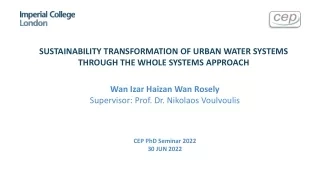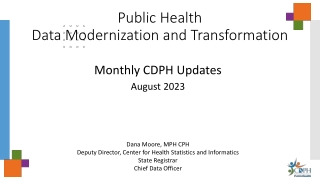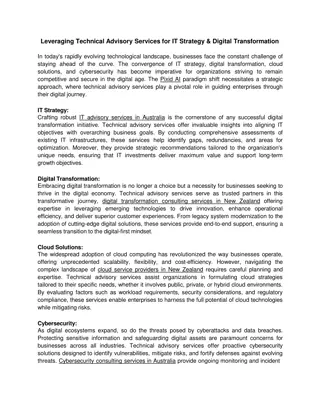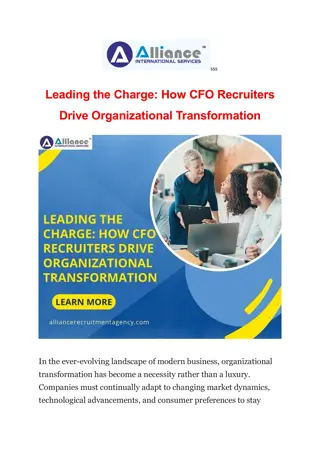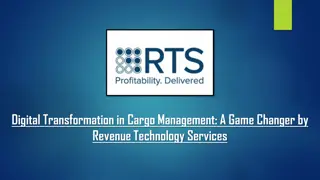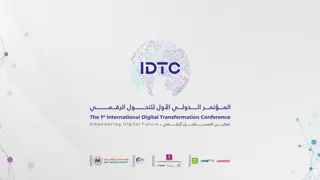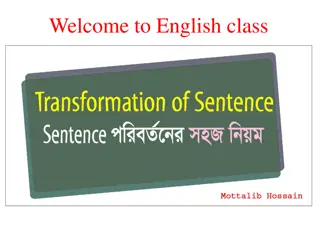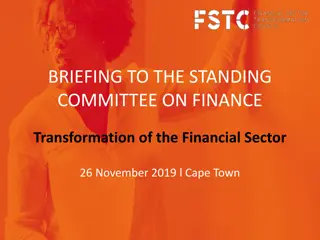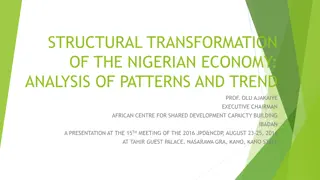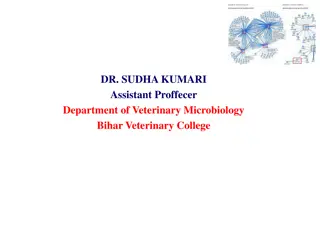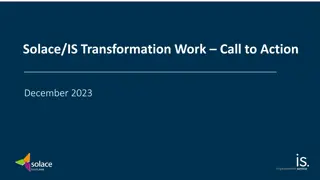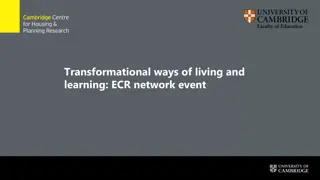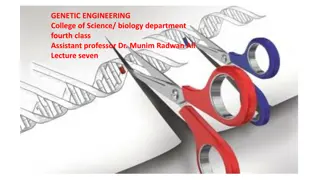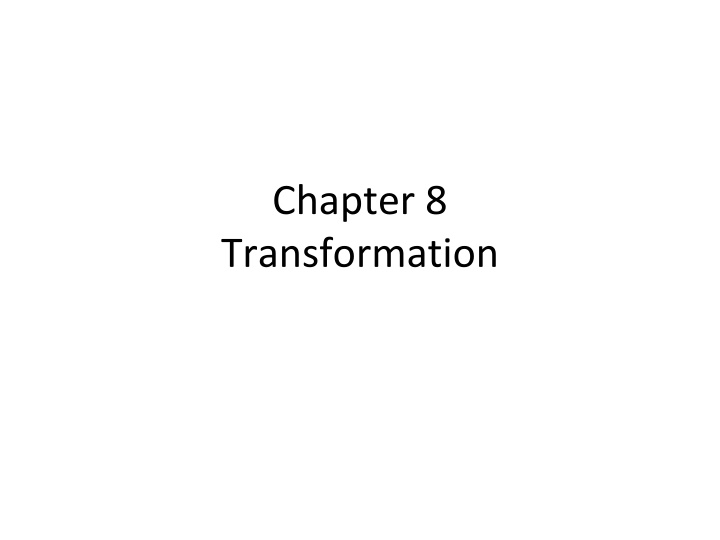
Transformation
Explore the stages of agricultural transformation, the importance of diversification, and the impact on rural economies. Learn why diversification matters, who diversifies, and the implications for welfare in a changing economy.
Download Presentation

Please find below an Image/Link to download the presentation.
The content on the website is provided AS IS for your information and personal use only. It may not be sold, licensed, or shared on other websites without obtaining consent from the author. If you encounter any issues during the download, it is possible that the publisher has removed the file from their server.
You are allowed to download the files provided on this website for personal or commercial use, subject to the condition that they are used lawfully. All files are the property of their respective owners.
The content on the website is provided AS IS for your information and personal use only. It may not be sold, licensed, or shared on other websites without obtaining consent from the author.
E N D
Presentation Transcript
Chapter 8 Transformation
Less Rural, Less Agricultural On May 23, 2007, the world became more urban than rural Rural economies are becoming less agricultural Sources: Winters, P., Davis, B., Carletto, G., Covarrubias, K., Quinones, E., Zezza, A. 2009. "Assets, Activities and Rural Income Generation: Evidence from a Multicountry Analysis." World Development, 37(9), 1435-1452 (Table 2) and tabulation of Mexico National Rural Household Survey (ENHRUM) data.
The Agricultural Transformation (Timmer) Stage 1: Agricultural productivity per agricultural worker begins to rise creating an economic surplus Stage 2: This surplus is tapped to expand the modern sector (Lewis model) Stage 3: The agricultural sector becomes increasingly integrated with other sectors of the economy as markets develop Stage 4: Agriculture is just another sector of the economy but often wins large subsidies in rich countries
Why Diversification Matters Solving poverty: Should we focus on crop production? Staples? Hard to move poverty with staples if the staple share of rural household income is low Impact of global food price increases on rural welfare Negative if food production is a small share of rural income What happens to households welfare? Wrenching changes Can people compete in a changing economy? Who diversifies and who doesn t?
Who Diversifies and Who Doesnt? Big implications for welfare; 2 views Push: Households diversify to spread risks Sacrificing expected income by not specializing The poor lose most from this Pull: Diversify to take advantage of higher returns Diminishing marginal returns in agriculture, scale Incomes higher if you can diversify But there may be high costs, risks of entering new activities Barriers of entry highest for poor (see Reardon box in Ch. 8)
Everyone Is Fleeing the Farm Income Growth and Ag Labor Shares
t: Traditional sector m: Modern sector MVPLt, MVPLm: Marginal value products ws: Subsistence wage LSm: Labor supply to modern sector Beyond Agriculture: The Lewis Model Initial labor in traditional sector
Criticisms and Implications of Lewis Model Still an aggregate model Who moves off the farm, and who doesn t? Can agriculture lose labor and not output? TW Schultz doesn t think so (see China box) Ranis and Fei: Better invest in agriculture if want the modern sector to grow! Everything depends on markets working (Chapter 9) Impacts of migration on rural economies
Who Leaves and Who Stays Behind? Workers take their human capital to the labor market where it will give them the highest returns, in terms of employment and wages Returns to schooling and experience are higher in the city so HK Theory predicts people with more human capital are more likely to migrate
Migration is Selective Source: Mexico National Rural Household Survey, 2008
Too Much Migration? In 2000 one slum in Mumbai, India, covered 175 acres with a population density of an astounding 1,200 people per acre! By 2003, nearly a third of the world s urban population almost one billion people lived in slums, according to the United Nations. In many of the world s slums, most people live in makeshift dwellings on land they are not authorized to occupy. Jan Nijman, A Study of Space in Mumbai s Slums, Tijdschrift voor economische en sociale geografie, Volume 101, Issue 1, pages 4 17, February 2010. United Nations Human Settlements Programme. The challenge of slums: global report on human settlements 2003. Earthscan, 2003.
Why Migrate to Become Unemployed and Live in a Slum? The Facts: Urban wages are higher than rural wages (or the marginal value product of labor on the farm) Why? The migration isn t closing the rural-urban wage gap Why not? People continue to migrate even in the face of high urban unemployment
The Todaro Migration Model Michael Todaro: People know there s unemployment so they look at the expected wage and migrate if: Cost of migrating (including psychic costs of leaving the farm) Expected rural wage Expected urban wage Example: Urban wage = $6/day, probability of finding an urban job is 0.5, so expected urban wage is .5*$6 = $3 if expected rural wage is, say, $2 (and costs are low), you ll migrate EVEN THOUGH THERE S 50% UNEMPLOYMENT IN THE CITY!
How Do You Fight Urban Unemployment in a Todaro World? Create more urban jobs? (Hint: what happens to pu?) Urban minimum wage laws? (Bad idea, according to Todaro) Public works projects to clean up the slums? (What does this do the nonpecuniary costs and benefits of migrating?) Rural employment and agricultural investment programs? (Yes! Think linkages )
The Rise of CGEs for Policy Analysis Simulate the workings of complex economies Production sectors produce output, buy inputs, pay factors Factors channel money into households Households spend and save Model adds up all quantities produced, demanded in the economy Either prices or net imports adjust to make all markets equilibrate Use model as laboratory to simulate impacts of policies and other shocks
A Picture of an Economy-wide Model Policy Inputs = Labor Producers Supply Demand Consumers Factor Owners Capital S(prices, fixed factors) D(prices, incomes) Land Fields Rice Mixed Pasture Other Cereals/Oilseeds Wheat Oilseeds Coarse

